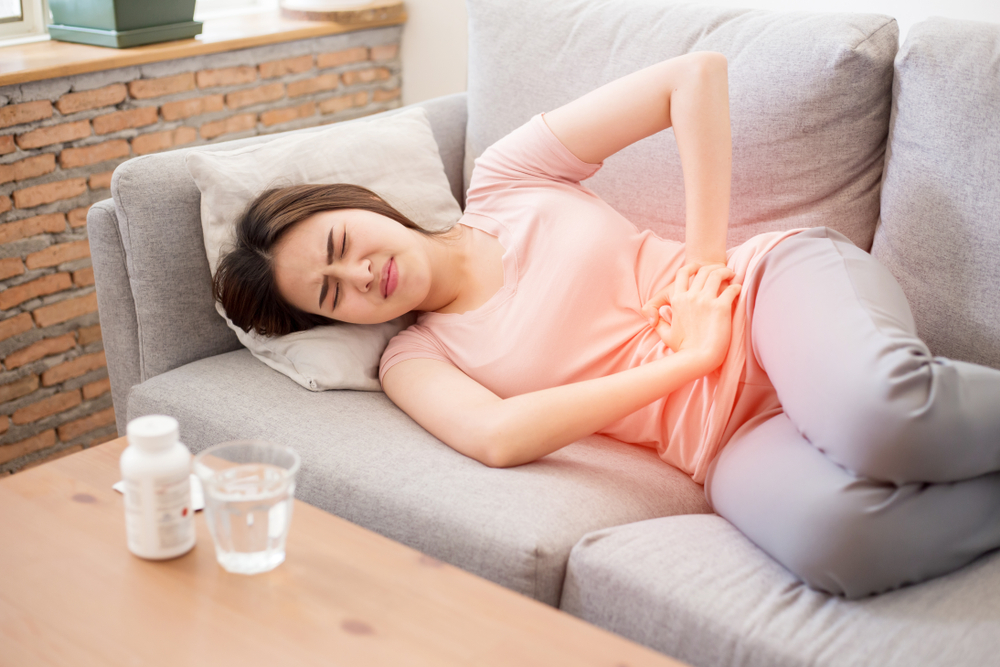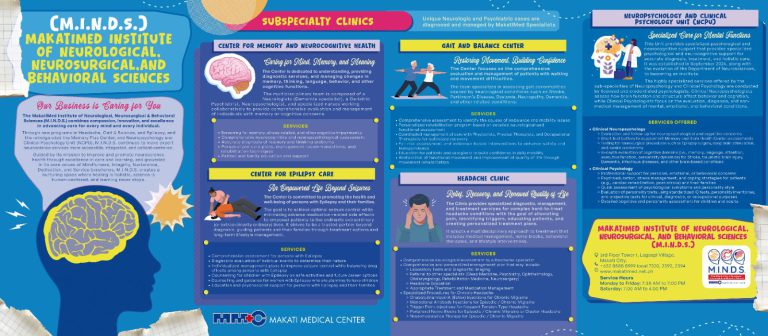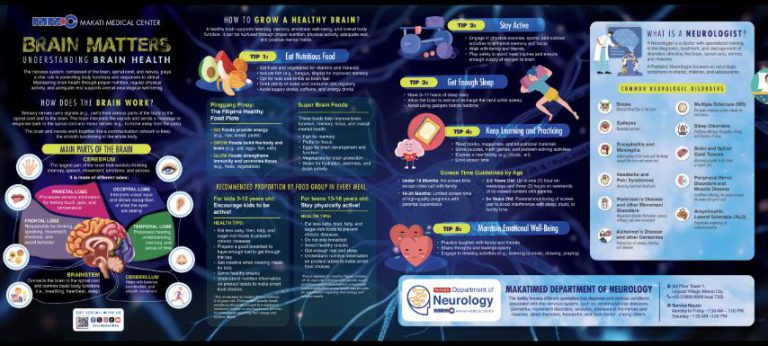The Role of Menstruation
Periods normally start (menarche) at some point during puberty, usually between the ages of eleven (11) to fourteen (14), and end (menopause) when a woman reaches her fifties (50s). Menstruation is the body’s way of releasing blood and tissue that are no longer needed for conception.
At the beginning of the cycle, the hormone estrogen increases as it prepares the lining of the woman’s uterus (endometrium) for a possible pregnancy. The lining thickens, and an egg grows before being released (ovulation) from one (1) of her two (2) ovaries. The released egg travels through the fallopian tubes and attaches itself to a woman’s uterus.
Following ovulation, a hormone called progesterone is produced to prepare the endometrium lining of the uterus for a fertilized egg. Progesterone keeps the endometrium “stable,” priming it to receive a fertilized egg.
When an egg is not fertilized and pregnancy does not occur, estrogen and progesterone levels plummet. The drop in hormone levels prepares the endometrium to shed, which causes uterus contractions. Eventually, this hits a level that signals the body to begin menstruation.
Periods last between four (4) to five (5) days. The time between periods averages 28 days, but some women may experience longer times between their periods. Some may also bleed either for fewer or more days and still have what can be considered “regular” periods.
Premenstrual syndrome (PMS) also occurs a few days before periods, with intensity level varying from person to person. Some common symptoms experienced by women before menstruation may include a dull constant ache in the lower abdomen, bloating, mood swings, food cravings, acne growth, dizziness, headaches, diarrhea, nausea, and breast pain.
Why Does Menstrual Pain Occur?
The level of discomfort women experience during their periods can range from tolerable cramps to extremely debilitating pain. Menstrual pain generally falls under primary dysmenorrhea, which is caused by raised prostaglandin levels.
Prostaglandins cause uterine contractions. These contractions squeeze and cramp up the uterus, which makes the lining come off its walls. This process may cause varying levels of pain in menstruating women.
As with many other biological processes, some conditions may promote menstrual pain. Secondary dysmenorrhea is caused by a different condition in a woman’s reproductive system like any of the following:
- Endometriosis – This happens in the endometrium when the tissue that lines a woman’s uterus grows outside of it. Its symptoms include back pain, severe menstrual cramps, pain when defecating or urinating, painful sex, trouble conceiving, blood in the stool or urine, constipation, diarrhea, and unusual bleeding during menstruation.
- Polycystic Ovary Syndrome (PCOS) – A disorder that affects up to 70% of women, PCOS causes a hormonal imbalance when the body produces excess levels of specific hormones that may result in irregular periods. It can affect the ability of a woman to get pregnant.
- Uterine Fibroids – These are noncancerous growths in the uterine walls that may cause pain during periods
- Pelvic Inflammatory Disease (PID) – PID is caused by an infection in the uterus, ovaries, or fallopian tubes. This usually results from sexually transmitted bacteria that trigger an inflammation of the reproductive organs.
- Cervical stenosis – It is a rare condition where the cervix is extremely narrow, causing the menstrual flow to slow down. This builds pressure inside the uterus and causes period pain.
- Metrorrhagia – Irregular menstrual bleeding
- Menorrhagia – Heavy menstrual bleeding
- Adenomyosis – The uterine lining grows into the muscular wall of the uterus, causing inflammation, pressure, prolonged or heavier periods, and pain.
- Ovarian Cysts – Cysts that are typically harmless sacs of fluid that form during ovulation
Prevention and Treatment of Period Pain
- Avoid food and beverages that contain caffeine and salt.
- Refrain from smoking and drinking alcohol.
- Exercise regularly.
- Take over-the-counter (OTC) pain medicine like ibuprofen, paracetamol, or naproxen (women with comorbidities should first consult a physician).
- Take a warm bath.
- Eat anti-inflammatory food to promote better blood flow and relax the uterus before and during menstruation.
- Do deep stretching through yoga.
- Lie down with knees bent.
- Take vitamins and supplements like Vitamin B-6, B-1, and E, omega-3 fatty acids, calcium, and magnesium.
- Undergo transcutaneous electric nerve stimulation (TENS), which involves using mild electric currents to relieve period pain.
- Use a heating pad on the lower belly or lower back.
- Drink hot water to relax muscles.
- Perform stress reduction techniques like meditation or guided imagery.
Get Rid of Period Pain and Be Unstoppable
Period cramps that disrupt daily activities and cause debilitating pain can be extremely draining. Being sure of the pain’s underlying cause is always best because one can never be too sure about its seriousness.
Reach out to Makati Medical Center’s Department of Obstetrics and Gynecology for accurate diagnosis, proper management, and treatment of conditions related to the female reproductive system.











